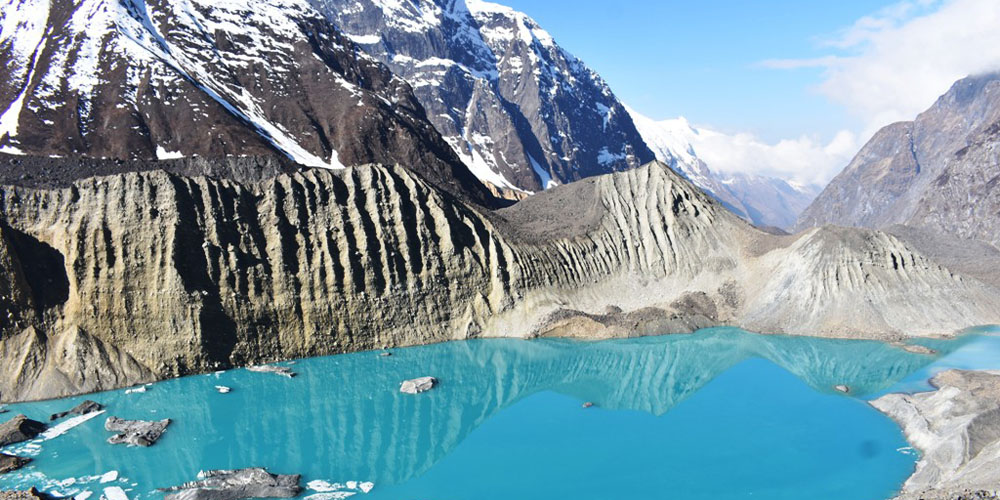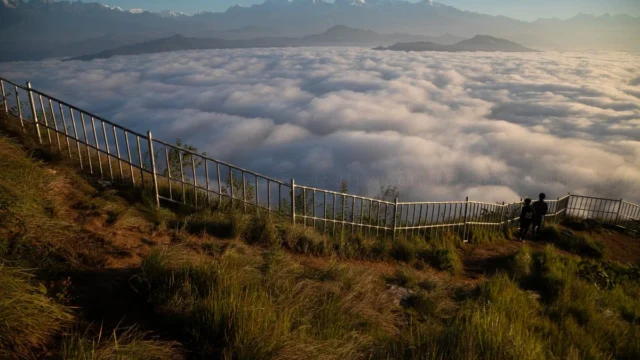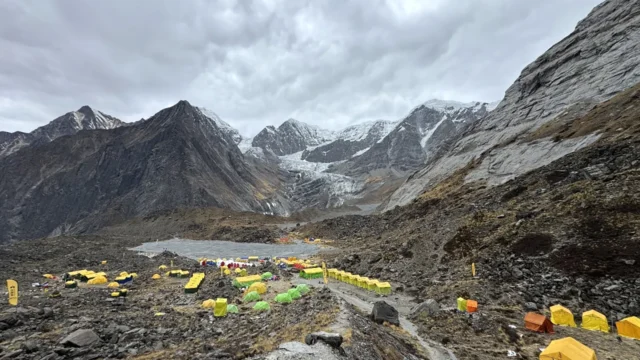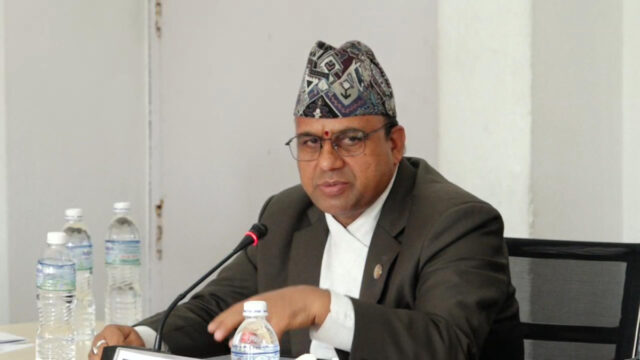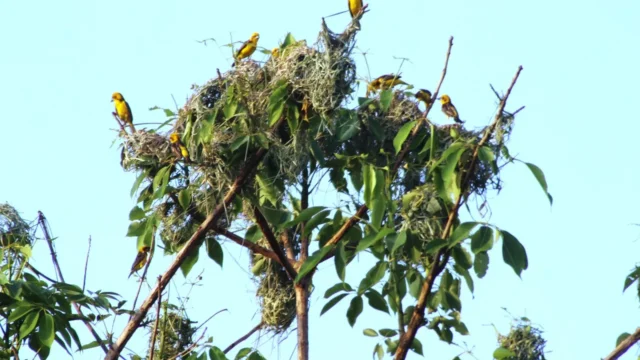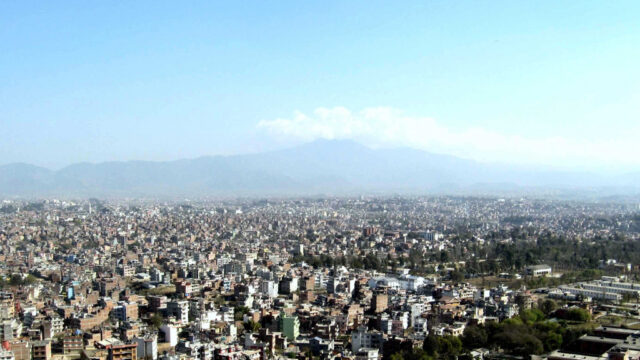An open museum is being constructed at the northern base camp of Annapurna I (8,091m) in Narchyang, Annapurna Rural Municipality-4, Myagdi, to commemorate the 75th anniversary of the first successful ascent of the mountain. The base camp, situated at an altitude of 4,190 meters above sea level, will host this museum to preserve and showcase the history of Annapurna mountaineering.
The museum will feature statues of the first climbers French mountaineers Maurice Herzog and Louis Lachenal, along with Nepali climber Tenzing Ama Tarke Sherpa. Additionally, it will include stone-carved inscriptions narrating the history of Annapurna’s mountaineering achievements, display artifacts used during the first ascent, and present a plaque listing the names of all 488 climbers who have summited Annapurna I, along with their climbing dates.
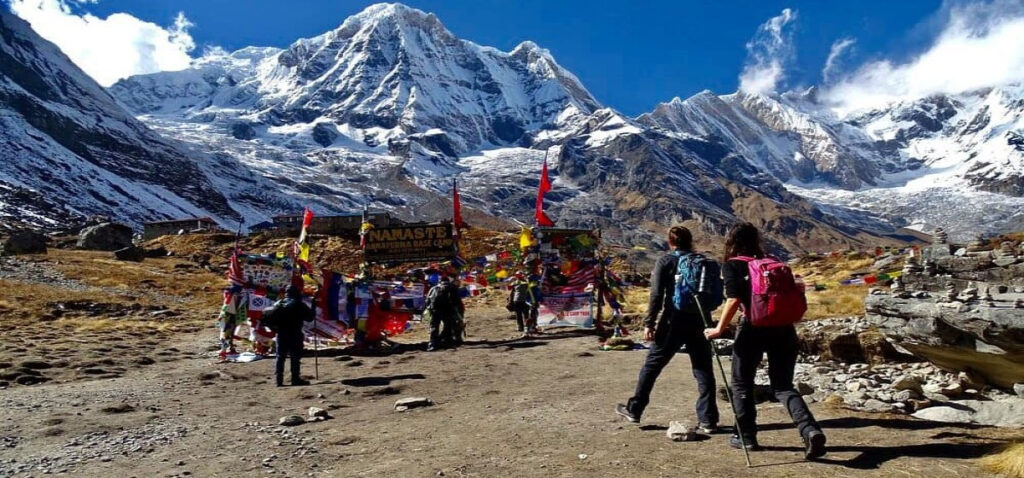
The open museum project is being undertaken with an estimated budget of NPR 1.4 million, with NPR 1 million contributed by Annapurna Rural Municipality and NPR 400,000 from the Annapurna Conservation Area Project (ACAP). The initiative is part of a broader effort to promote the Annapurna Base Camp and the Maurice Herzog Trail as significant historical and tourist destinations.
The 75th-anniversary celebrations on June 3, 2025, will include a grand event at the base camp, with Nepal’s Prime Minister inaugurating the museum. Other distinguished guests, including Maurice Herzog’s 81-year-old wife, his son Matthieu Herzog, at least ten climbers, French journalists, and various dignitaries, are expected to attend. On this occasion, the Prime Minister will also release a Nepali translation of Maurice Herzog’s famous book, Annapurna, which originally documented the first ascent in 1950.

To facilitate the celebrations and improve tourism infrastructure, several projects are underway. A budget of NPR 12.5 million has been allocated for developing the Maurice Herzog Trail and base camp area, with contributions from Annapurna Rural Municipality (NPR 10 million), Nepal Tourism Board (NPR 2 million), and ACAP (NPR 500,000). These funds are being used for constructing shelters, rest stops, toilets, drinking water facilities, and trail improvements.
For the convenience of trekkers and visitors, temporary structures are being set up along the trekking route from Humkhola to the base camp, including tea houses, snack shops, and accommodation facilities. Additionally, three shelters worth NPR 4 million are being constructed in Sandhikharka, Bhuskhet Mela, and Panchakunda Lake areas. Drinking water and sanitation facilities are also being developed at key locations such as Humkhola, Phutphute Waterfall, Gufaphat, Bhuskhet, and Panchakunda.
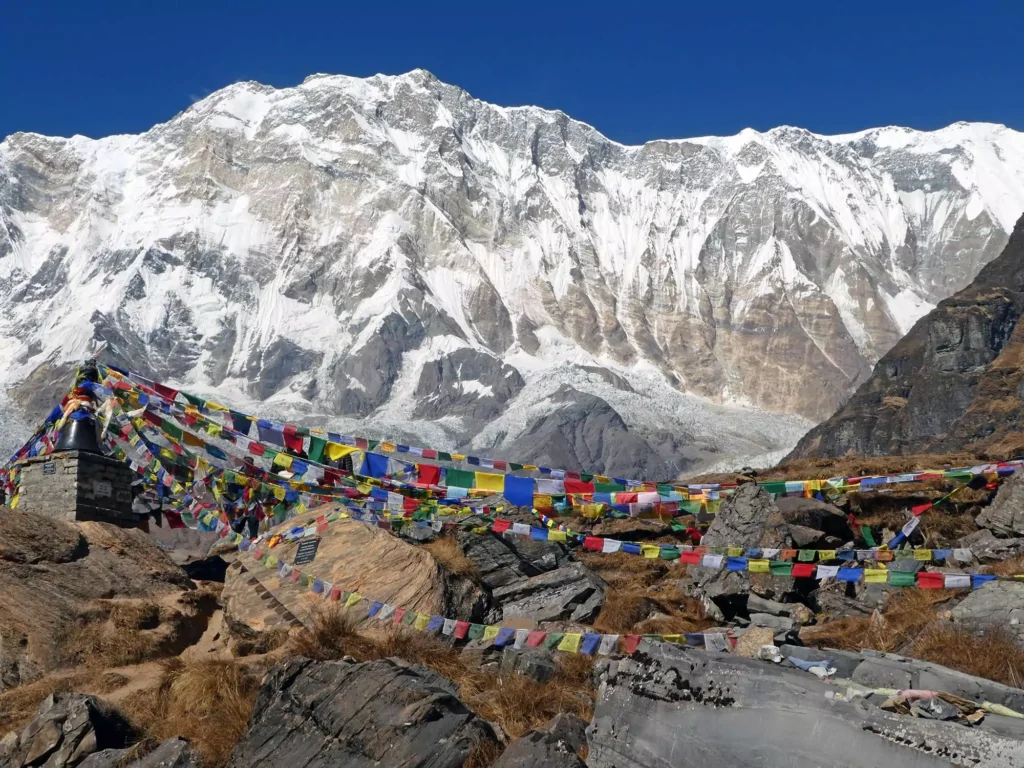
Recognizing the lack of communication facilities at the base camp, efforts are being made to extend network services to the area by June 2, 2025. The Annapurna Rural Municipality has initiated discussions with the government to ensure that communication services reach the base camp before the anniversary celebrations.
Reaching the Annapurna I Base Camp involves a journey of 22 kilometers by vehicle from Pokharebagar, followed by a 21-kilometer trek from Humkhola. The scenic route features stunning natural attractions such as Phutphute Waterfall and Panchakunda Lake, further enhancing the area’s appeal as a growing adventure tourism destination.
